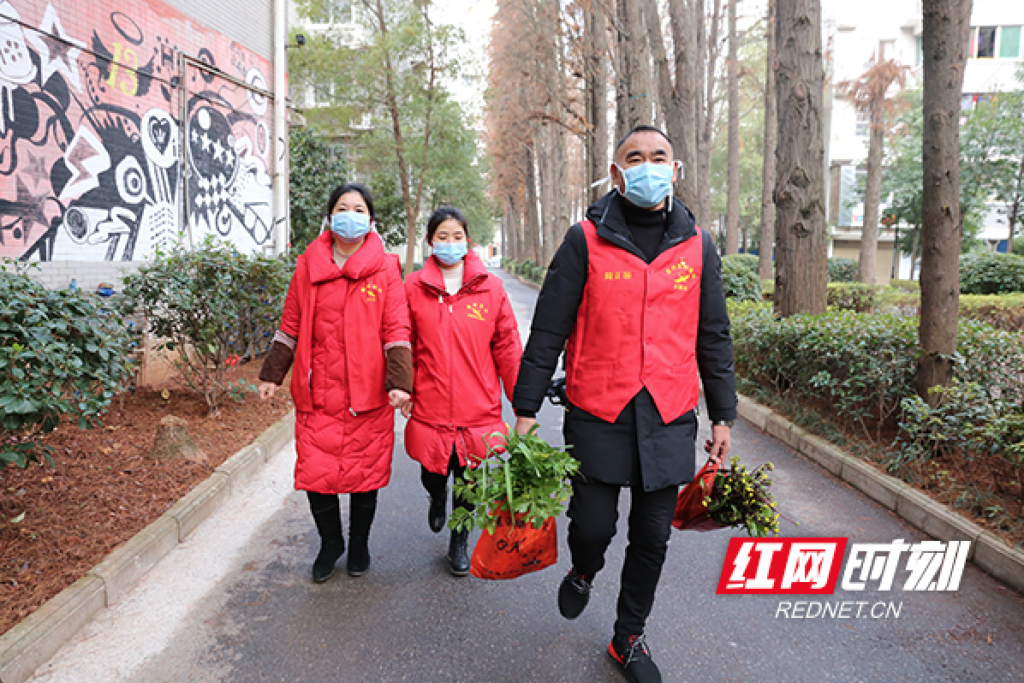
The COVID-19 crisis has highlighted the stark reality of Africa’s extreme dependence on imports to feed our populations. In West Africa, 40% of the rice consumed is imported; African countries do not produce enough processed agricultural products to sustain their populations, with the three agricultural imports being wheat, rice, and vegetable oil; and local agriculture across the continent is dependent on imported inputs for production and therefore dependent on foreign exchange.
For Africans to chart a course away from extreme dependence on food imports prevalent now, the policies and thinking of early post-independence Africa—countries like Ghana and Tanzania —and international peasant movements, like La Via Campesina—offer a wealth of lessons.
As key countries adopted restrictive measures in their attempts to manage the spread of COVID-19—including the closure of air, land, and sea borders, and agricultural export —Africa is seeing a significant disruption of the supply chain due to the resulting decrease in the volume of imports. If exporters of cereals and staple foods, also affected by the pandemic, were to suddenly cease production, the many African countries dependent on these imports would be unable to feed their populations.
Read More »





